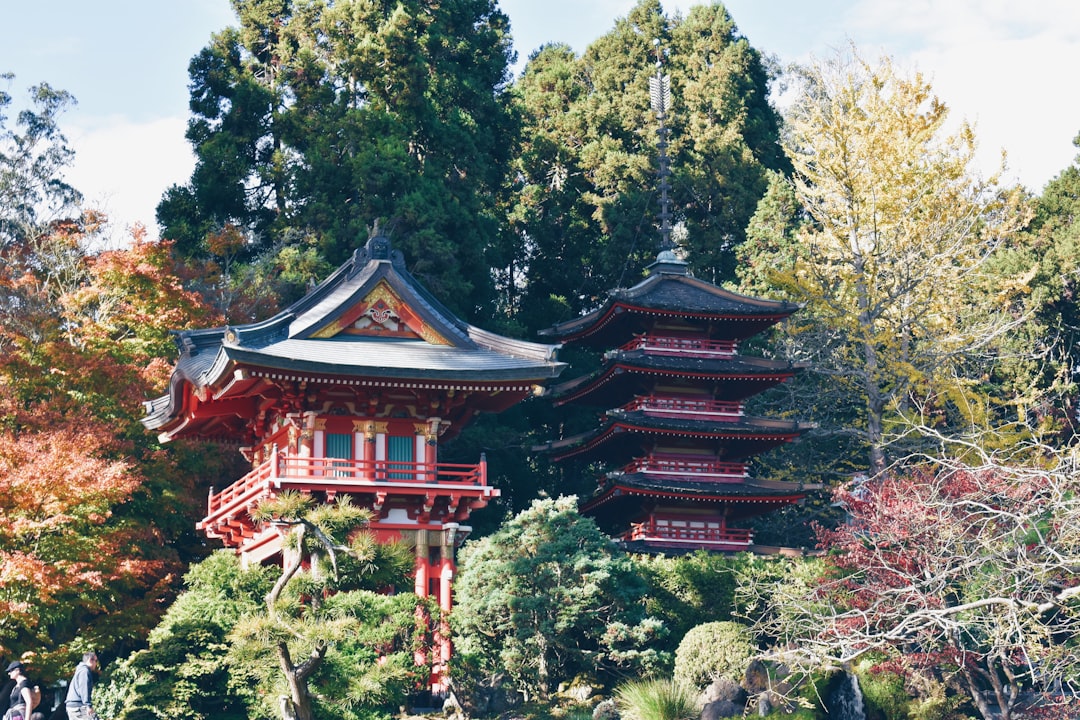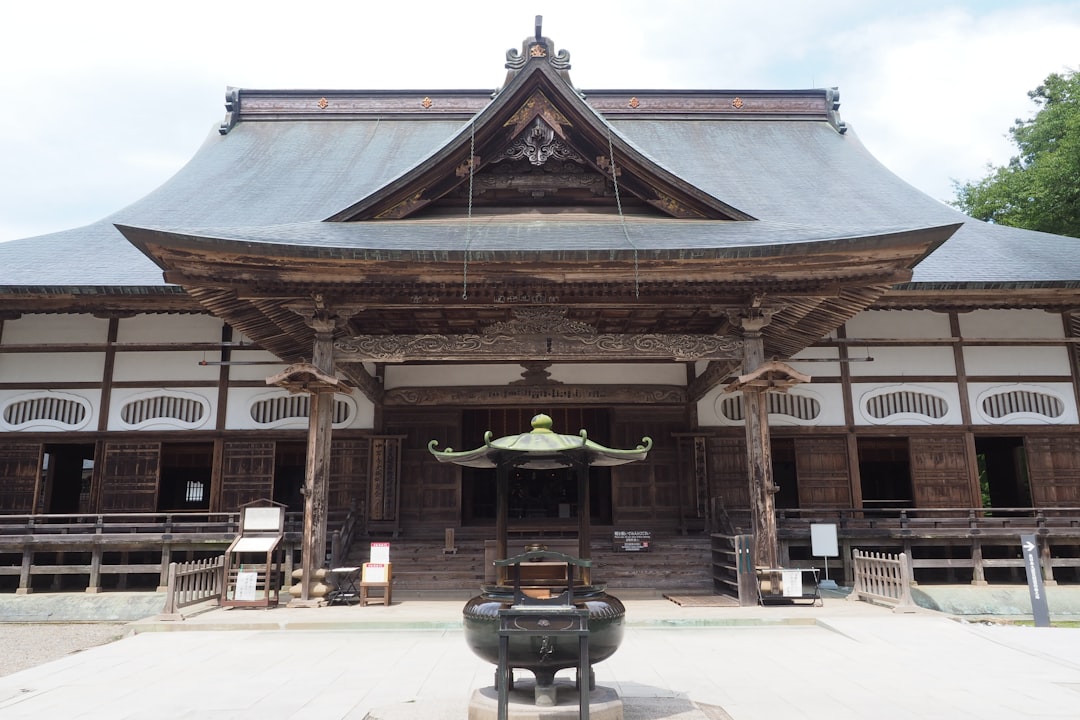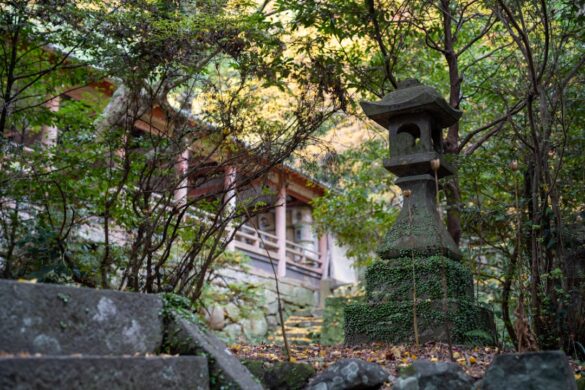The Allure of Japan’s Hidden Temples
Japan is famously known for its rich cultural heritage, breathtaking landscapes, and a deep sense of spirituality that permeates through its ancient structures. In 2025, as a traveler, if you want to experience a Japan that offers more than just the hustle and bustle of Tokyo, you should consider journeying to its hidden temples, where tranquility reigns and history whispers. The allure of these lesser-known sanctuaries not only lies in their serene beauty but also in the stories and traditions that have been preserved for centuries.
This article will explore some under-the-radar temples across Japan, ideal for those seeking a deeper cultural experience. We’ll share tips, insights, and valuable information to help you navigate these sacred places with respect and appreciation.
Top 5 Hidden Temples in Japan
1. Hōnen-in Temple, Kyoto
Nestled in the tranquil hills of Kyoto, Hōnen-in Temple is a gem that many overlook. Established in the 12th century, this temple is known for its stunning gardens, which are especially beautiful during the autumn when the leaves turn vibrant hues of red and gold. Visitors can bask in the calm atmosphere and reflect near the gentle sounds of running water from the nearby streams.

The main hall of Hōnen-in is striking with its simplicity, emphasizing natural materials that harmonize with the surrounding environment. When visiting, take your time wandering through the meditation paths, absorbing the stillness that envelops you.
Consider bringing along a journal to document your reflections as you meander through the spiritually imbued landscape. This can further enhance your experience at the temple.
2. Daigo-ji Temple, Kyoto
Another hidden treasure located subtly amidst the hills of Kyoto is Daigo-ji Temple. This sprawling complex includes various sub-temples, pagodas, and cherry blossoms that bloom in spring. Classified as a UNESCO World Heritage Site, its serene environment offers a perfect retreat from modern life.
Don’t miss the opportunity to explore the Five-Story Pagoda, which stands tall, symbolizing the harmony between earth and heaven. It is especially stunning against the backdrop of the changing seasons.

Daigo-ji Temple is also known for its picturesque cherry blossoms, making it a fantastic spot for photography. Immerse yourself in the temple's rich history and wonderful surroundings.
In addition to visual beauty, Daigo-ji is significant for its historical context, with plenty of opportunities to engage with local guides who can share fascinating stories about its past. Attending a seasonal festival here can also amplify your experience, offering deeper insights into traditional Japanese culture.
3. Kōshō-ji Temple, Saitama
Located within Saitama Prefecture, Kōshō-ji Temple offers an unparalleled blend of natural beauty and traditional Japanese architecture. It is less frequented by tourists, providing a peaceful sanctuary to immerse yourself into the essence of Japanese spirituality. The temple’s elaborate woodwork and stunning paintings showcase the remarkable skill of ancient artisans.
The moments spent in the temple’s quiet gardens are truly rejuvenating, making it ideal for reflection and contemplation.
As you stroll through the gardens, don’t forget to pause and listen to the rustling leaves—each sound carries a piece of the temple’s history.
4. Jōrin-ji Temple, Fukushima
Venturing towards Fukushima, you will find Jōrin-ji Temple, built against a dramatic mountainous backdrop. This temple houses beautiful gardens that change with every season, making each visit unique. 2025 invites travelers to witness its gorgeous flowers in spring and vibrant colors during fall.
Make sure to participate in the guided meditation sessions hosted by the resident monks for a truly authentic spiritual experience!
As you meditate, take a moment to reflect on the energies of the space around you. Perhaps capture a few photographs during your meditation to remember the ambience that surrounds you.
5. Shitennō-ji Temple, Osaka
Last but not least, a visit to Shitennō-ji Temple in Osaka will remind you of the profound historical importance it holds. As Japan’s oldest Buddhist temple, Shitennō-ji has retained an air of tranquility amidst the suburban setting. The intricate design of the temple complex is a beautiful representation of ancient Japanese architecture.
Engage with the monks’ daily rituals and appreciate how history blends seamlessly with modern life in Osaka.
Don't miss out on learning about the rituals and history connected to Shitennō-ji; it is an enriching experience not available in tourist-rich locations.

Every corner of this temple holds invaluable stories; listening closely can grant you a deeper understanding of Japanese faith and traditions.
Planning Your Visit
When planning your visits to these hidden temples in Japan, it is essential to be respectful of the traditions and practices that each location upholds. Here are some tips to enhance your experience:
- Dress Appropriately: Adhere to the appropriate dress codes when visiting temples. This often means wearing modest clothing.
- Stay Quiet and Respectful: Maintain a low voice and be respectful of others’ worship and prayer times.
- Engage with Locals: Don’t hesitate to reach out to local monks or staff; engaging with them can enrich your experience tremendously.
- Participate in Ceremonies: If available, participating in temple ceremonies can offer profound insights into the community’s spirituality.
- Document Your Journey: Keep a travel journal to reflect on your experiences and what you learned from each visit.
To make the most of your journey, consider booking guided tours through platforms like Viator, which can provide insights and enhance your understanding of these sacred places.
Alternatively, utilize options from GetYourGuide for exclusive experiences and ticket packages.
As you plan your journey through Japan’s hidden temples, take a moment to engage with the community and appreciate the serene beauty that surrounds you. These sanctuaries not only provide a getaway for the weary traveler but also serve as a reminder of the rich history and cultural stories that Japan holds dear.
Book a unique expedition through G Adventures to experience immersive tours designed for curious travelers.
Additional Insights and Experiences
Beyond simply visiting, travelers can consider engaging in eco-tourism practices to deepen their appreciation for Japan’s beautiful nature surrounding these temples. Many temples offer workshops on traditional arts like pottery or Ikebana (flower arrangement) which can provide a unique insight into Japanese culture.
Also, through planning your trip, investigate local festivals that coincide with your visit. These festivals often include cultural performances and ceremonies held at temples, allowing visitors to witness and participate actively in the local culture. Events like the cherry blossom viewing (Hanami) and other seasonal festivals can immensely enrich your understanding of Japan’s cultural practices.
Don’t forget about local cuisine! Many temples have vegetarian restaurants that serve meal offerings based on Buddhist cuisine. Trying these dishes can contribute to your overall experience and understanding of the spiritual practices that have influenced the diet of Japan.
Conclusion
Japan in 2025 presents unique opportunities to explore beyond the commonplace tourist paths. Discovering hidden temples invites a deeper understanding of Japan’s spirituality, history, and culture. Prepare to be fascinated by the stories behind serene gardens, intricate designs, and the blessings of nature that accompany these sacred places.
Embrace the journey through time as you venture into the heart of Japan’s hidden gems, and allow their peaceful presence to fill your soul with serenity and insight.





